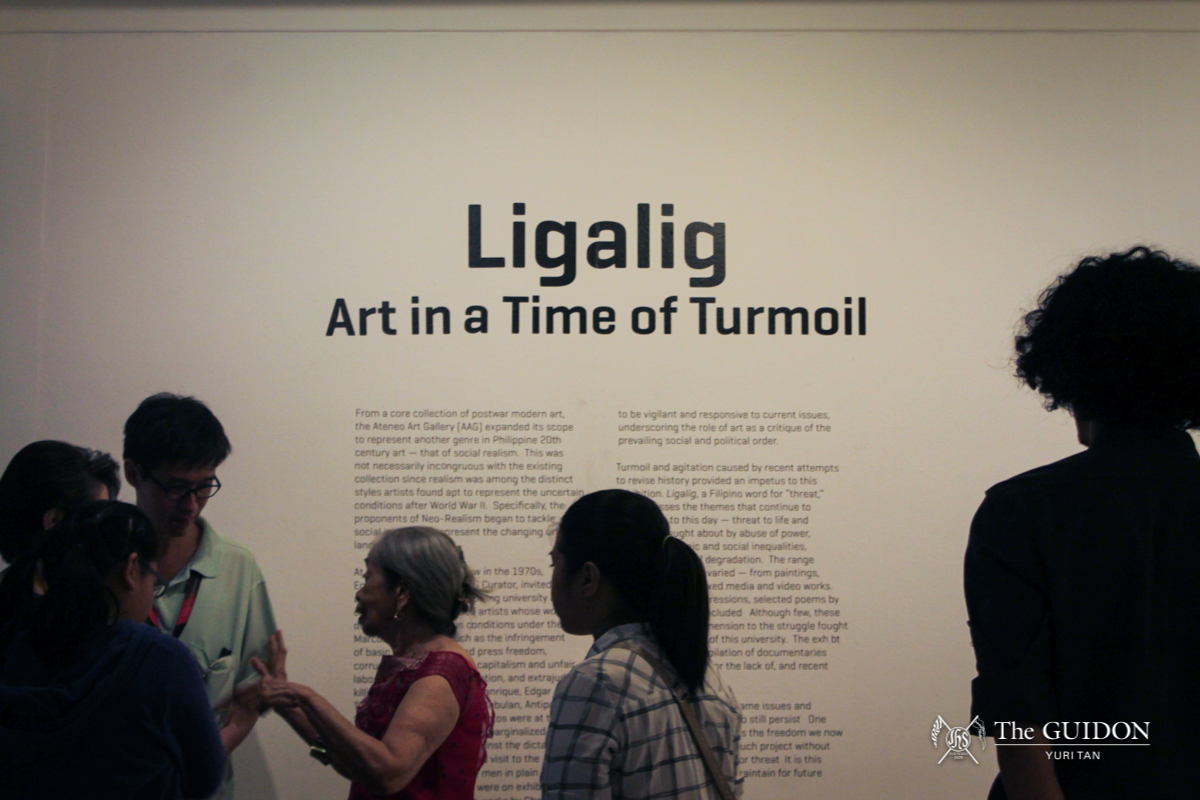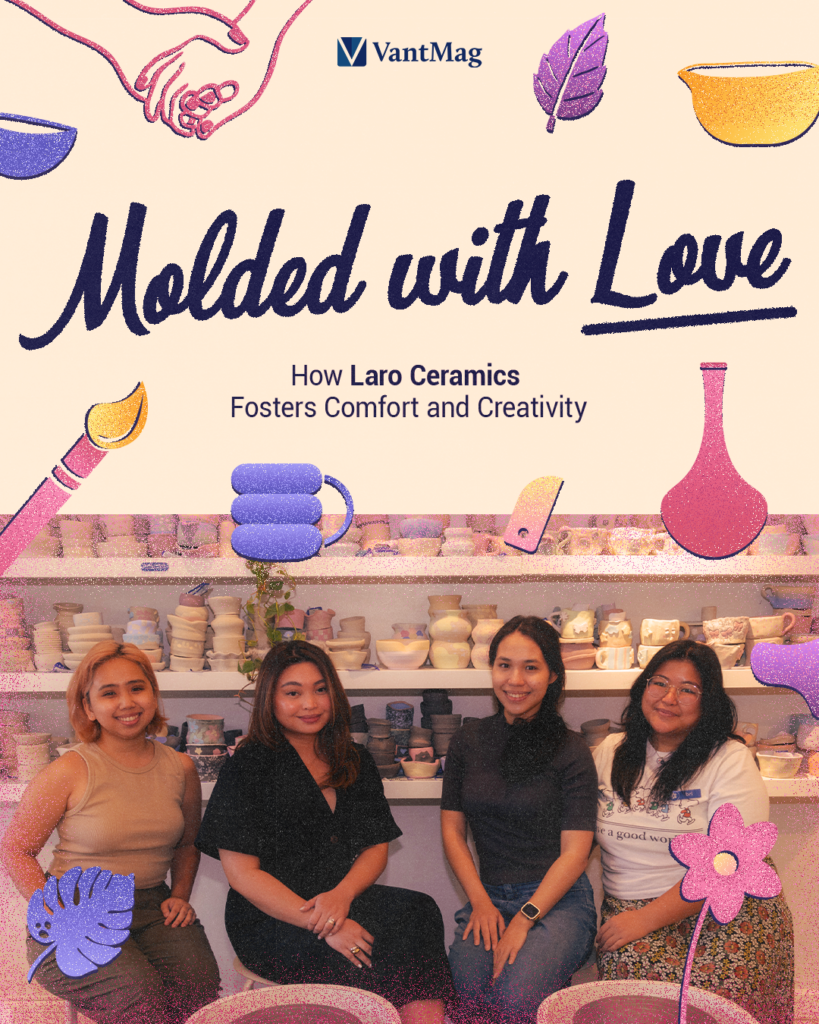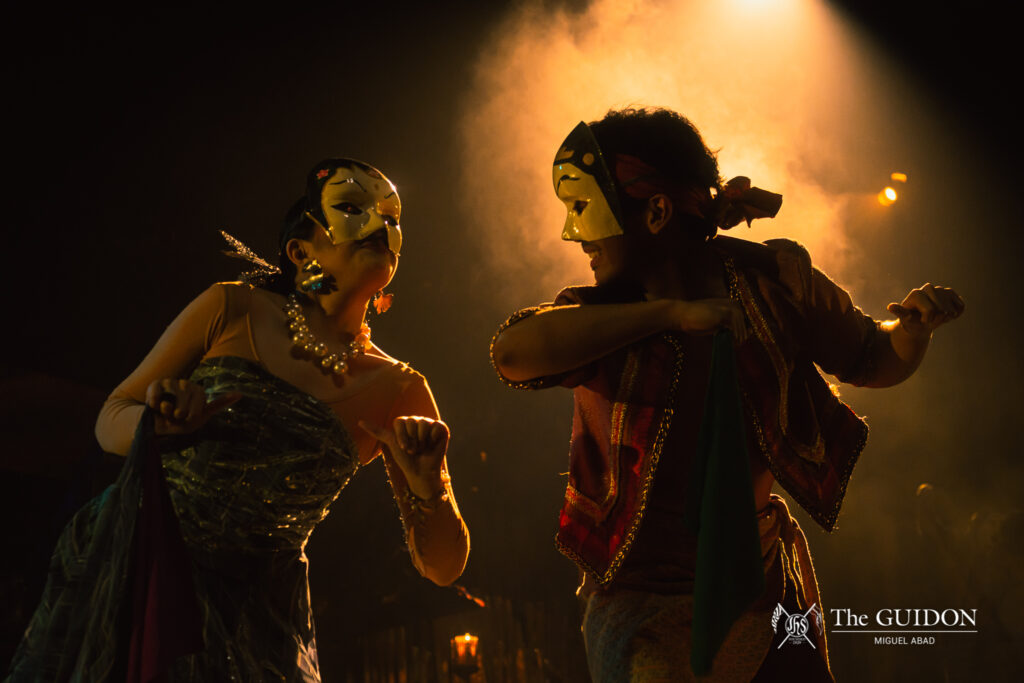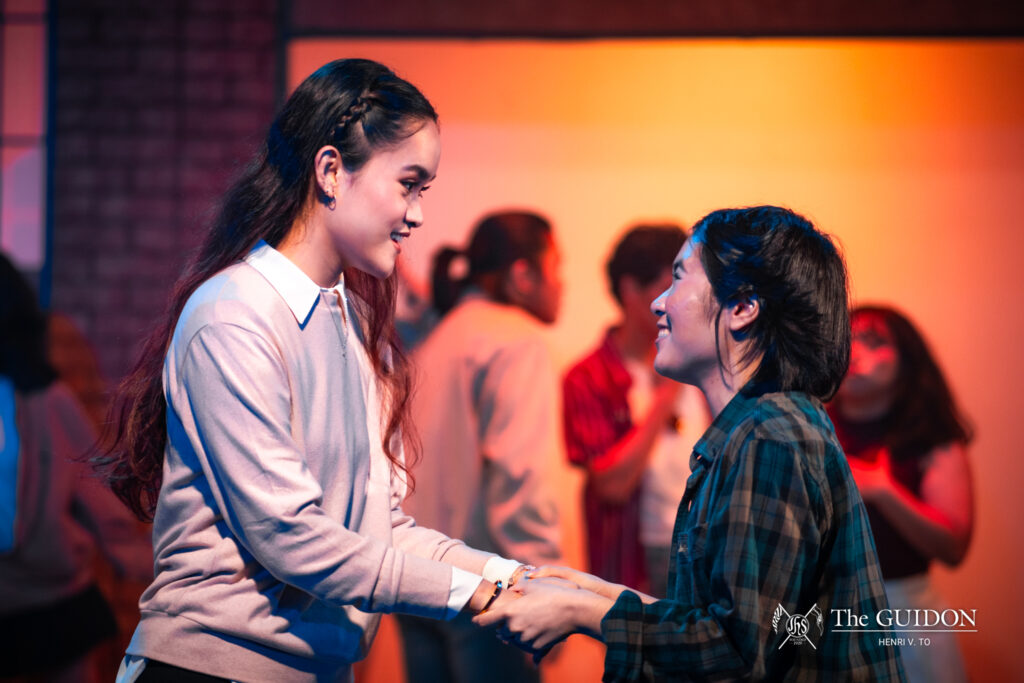The Ateneo Art Gallery (AAG) marked the celebration of National Arts Month with the opening of five new exhibits last February 8, 2017. Each exhibit centers on a different topic, but are all closely linked by the theme of looking back at the past. “AAG in Review: The Bellarmine Hall (1960-1967)” and “Print and Drawing Room (1997-2005)” were two special exhibits that explored the art gallery’s roots. “Ligalig: Art in A Time of Turmoil” featured works on socio-political issues, while “Lines: Pictures and Poems by Jose Garcia Villa” celebrates the life and art of National Artist Jose Garcia Villa for the his twentieth year of his death anniversary.
The opening also launched “Shared Residence”, a new and exciting collaborative art project.
The Bellarmine Hall (1960-1967)
“The gift is an unconditional one. I want the Ateneo to have complete freedom in the use of the pictures,” reads on the blank white wall in simple black text; Ateneo Art Gallery founder Fernando Zobel’s words greet you at the entrance of the AAG in Review: The Bellarmine Hall exhibit. The exhibit celebrates the art gallery’s humble beginnings at the Bellarmine Hall in the 1960’s. “We thought of doing the Bellarmine Hall exhibit because we wanted to look back at the AAG when it started,” explains managing curator Yael Buencamino.
The first Filipino contemporary art museum started out as a quaint space, with a small selection of artworks lining the white curtained walls of the room. Couches, coffee tables, and a few chairs contributed to the gallery’s casual environment, while visitors were free to sit or to walk around as they admired works by Filipino contemporary artists Jose Joya, Arturo Luz, and Hernando R. Ocampo. “At that time, when you see the set-up, you realize that it is just that: it’s a room that exhibited artworks, which is what a gallery is,” Buencamino says on the gallery’s past. This original set-up, including the paintings, sculptures, and furniture, was faithfully reconstructed for the exhibit. As the art gallery prepares itself in transferring to its new home at the Arete, Buencamino hopes that through this exhibit, people will get to experience the gallery’s first art collection in the kind of space that it would have been encountered at that time.
Print and Drawing Room
As its name suggests, the gallery’s rich collection of prints and drawings take center stage. The room, which became a mainstay at the gallery from 1997 to 2005, was the brainchild of the Ateneo Art Gallery’s first curator Emmanuel Torres. According to Buencamino, Torres put up the room to highlight Zobel’s donation of exquisite prints of both Filipino and foreign masters; he wanted to give importance to prints, as they were often deemed inferior to paintings at that time.
The exhibit features prints from renowned foreign artists such as Eugene Delacroix, Francisco Goya, and Rembrant Van Rijn. “It’s a really good way for people to learn about printmaking and to see examples of these masters,” expresses Buencamino on its significance. Not to be missed out on are works by Filipino artists that Zobel highly patronized. Drawings by Fernando Amorsolo, Marciano Galang, and Cesar Legaspi range from elaborate sketches to abstract lines on paper.
Aside from the prints and drawings, a television set showing scenes from Franco Zeffirelli’s 1968 adaptation of Romeo and Juliet is on display, as the original room held screenings of Shakespeare’s works for students.
Shared Residence
An exciting art project named “Shared Residence” was also revealed. The unique artistic venture was conceptualized by Poklong Anading, a two-time recipient of the Ateneo Art Awards. Adopting a similar system to that of borrowing a book from the library, the project allows students and employees of the university to borrow a piece of artwork from the gallery for two weeks. Works by past awardees and/or recipients of AAG residencies such as Charles Buenconsejo and Ronald Ventura make up the bulk of the collection that will be available for borrowing.
Anading shares that he was inspired by his own artist-in-residency experiences. He adds, “Dito na isip ‘yong idea na ‘yong artworks na kinontribute ng mga artists ay parang hinohost ng mga humiram sa kanilang personal space.” The project is also a way of giving back to the gallery as it has hosted all of the contributing artists for their residencies.
The prospect of having a piece of contemporary art hanging in your room for two weeks may be overwhelming, but the heart of the project lies in instilling the values of responsibility and integrity. As Buencamino says, “There’s a certain amount of trust also involved in lending out the artwork but it is also about, to a certain extent, democratization of artwork.”
The project starts in March and will go on indefinitely.
Ligalig: Art in A Time of Turmoil
Ligalig is a Filipino word for “threat.” This exhibit features paintings, prints, drawings, mixed media, and videos by Martino Abellana, Virgilio Aviado, and Benedicto Cabrera, to name a few, that pertain to Martial Law. Joel de Leon, the assistant curator for the exhibit says that, “This is a powerful collection [and people] would know from this artist the struggle that they had from [Martial Law.] And at present, there’s a difference, but still [the message would still remain the same.]”
Regardless of the preconceived notions people have regarding today’s youth, there is no doubt that these artworks will engage their minds into thought. With the present day’s political climate, the messages found among the artworks in Ligalig will no doubt inspire them to take action, to step up, and to make their voices heard.
Lines: Pictures and Poems by Jose Garcia Villa
Jonathan Chua, the curator for the exhibit, wrote a thesis and book on Jose Garcia Villa, and was able to meet him before he passed away. Best known as a modernist poet, Jose Garcia Villa’s visual works are undoubtedly thought-provoking. Some feature self-portraits, others voice recordings with Villa himself reading his poems; among them are also nude drawings that feature abstract beings in precarious positions. Virginia Moreno, a Filipino writer and a palanca awardee who is also a close friend of the artist, shares her thoughts on art, “You need freedom if you are a creator,” and adds that Villa’s humor was very liberated compared to the people in his time and this set him apart from other artists in that time.
On the 2oth death anniversary of Villa, which was last February 7, the exhibit featured his pieces, as well as information about the artist, giving the people a chance to form a connection with the artist and possibly understand his creations more.
The AAG once again houses various art exhibits that will captivate its audience; from the history of the Bellarmine Hall, to the injustices people experienced during the Martial Law, AAG’s 2017 Exhibition is wide, varied, and will no doubt catch the eye of people within and outside Ateneo.






